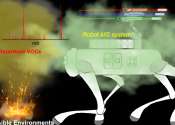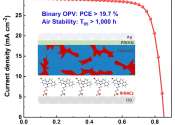Cool roofs outperform green roofs in urban climate modeling study
Painting roofs white or covering them with a reflective coating would be more effective at cooling cities like London than vegetation-covered "green roofs," street-level vegetation or solar panels, finds a new study led by ...
Jul 4, 2024
1
152









